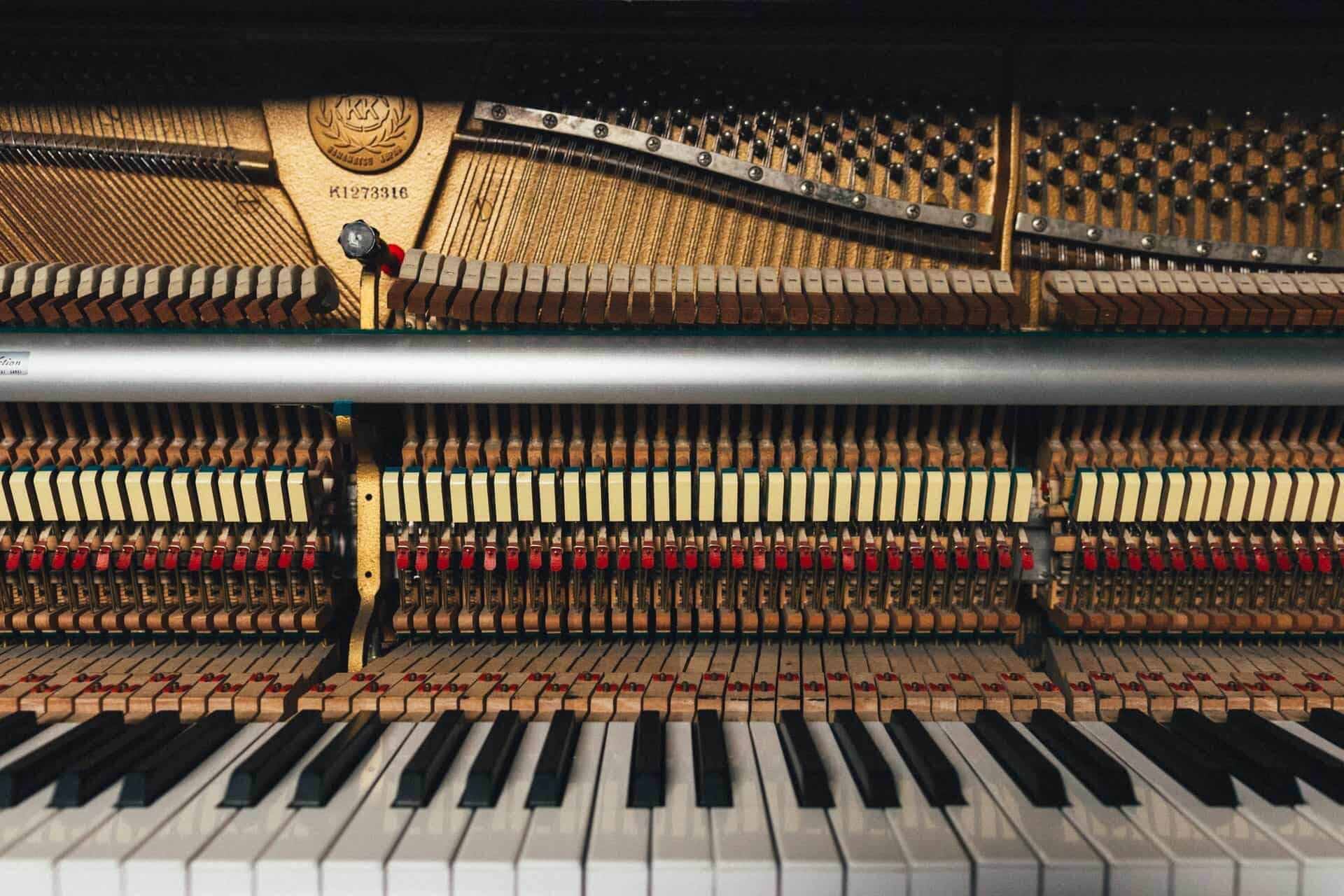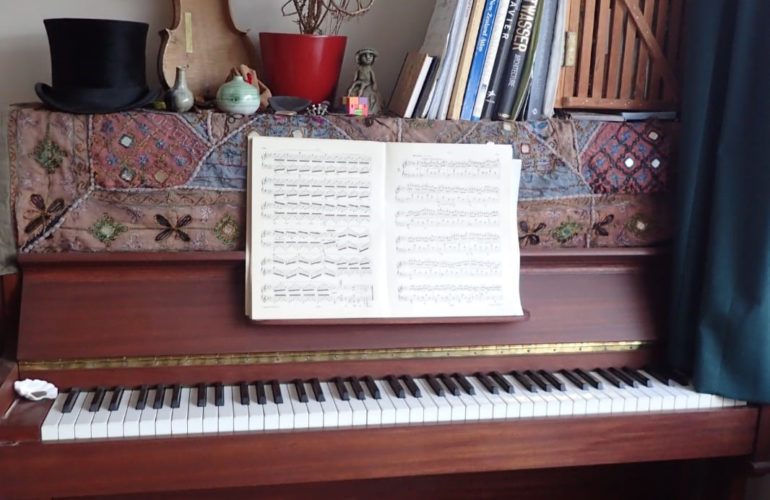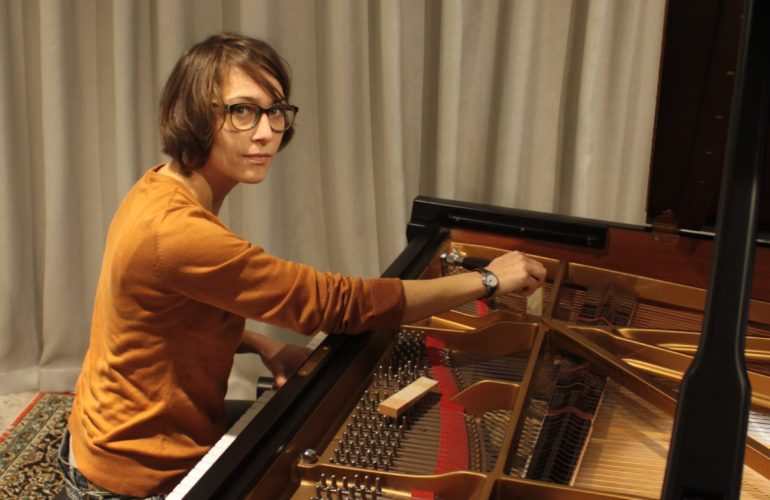If you’re looking for a piano tuner in Auckland, you may be interested to know why piano tuning costs what it does. The cost of piano tuning depends on a few important factors.
To begin with, pianos are some of the most intricate and complex musical instruments out there. Some might think that their size makes them easier to manage than smaller, more delicate instruments. The truth is quite the opposite! Very fine adjustments can change the sound of a piano, and the size of the instrument means that changes in the environment around it can cause the body to swell or move, and this shifts the parts within. Heat, humidity, and even extensive playing can cause pianos to go out of tune, and it’s much harder to store them in controlled environments, as you can with smaller instruments.
Thankfully, piano maintenance can help these beautiful instruments keep their pitch—and their resale value—for many years. Piano tuning is a small but vital part of this maintenance.
Tuning a piano requires specialist skills, and a deep understanding of how the instrument works. To find out more about piano tuning and learn how to get the best value for money when looking after your instrument, read on.
What does tuning a piano involve?
General piano maintenance can involve the replacement and repair of a wide array of parts, but tuning specifically focuses on the strings. Inside the piano, wach key connects to a hammer which strikes a string, causing it to vibrate, producing a note. Tightening or loosening the strings changes the rate of vibration, which alters the note produced. To tune a piano, each string must be checked and altered, to make sure that each of them are in tune with each other.
The standard method of tuning a piano is called A440 tuning. To tune this way, a specialist will tune the A key above middle C so that it vibrates at exactly 440 Hz, meaning the string oscillates 440 times in one second. This is also sometimes called ‘Stuttgart pitch’.
Using 440 Hz as a reference point gives tuners a starting point to work from. Once the A above middle C is tuned to the right frequency, all the other strings can be tuned in step with it. It’s important that each string is tuned to match each other, but using A440 also helps the piano sound harmonious with other instruments that have been tuned to A440.
A common pitch between instruments like this is called a ‘concert pitch’, and while it’s possible for several instruments to be tuned to a different concert pitch, such as A435, A440 is the most common, so it’s the best pitch to use for your home piano.
Why is piano tuning so important?
Leaving a piano untuned doesn’t just lead to it sounding a bit strange, it can also cause damage to other parts of the piano. This is because tuning the piano semi-regularly keeps the correct amount of tension in the strings across the whole piano body. If they loosen too much at the same time, the body of the piano can warp, making it harder to maintain and use in the future.
Tuning regularly is also the best way to spot damage to other technical parts of the piano (e.g., the soundboard) early, saving you from more costly repairs later on. A tuning once every twelve months is the general guideline most piano tuners work from, but pianos which are played very frequently often require more, as using the strings often will loosen them faster.
In fact, very new pianos often need to be tuned more than old pianos, as fresh strings stretch much easier, and it can take a few years for them to ‘settle’ and start to hold the tension set on them for longer periods of time.
If you’re a professional pianist, it’s best to tune the instrument before each performance or recording, especially if you are playing a piano which has been moved from one place to another.
How are piano tuning costs calculated?
Some piano tuners charge by the hour. This is because technicians may need to ‘rough-tune’ the instrument for some time before ‘fine-tuning’ it. Rough-tuning is usually necessary with pianos that have gone very out of tune over a long period of time, as the tuner will need to bring all the strings together before making fine adjustments, or tune them up above 440, before lowering them down to the correct frequency.
In rarer cases, a piano might also need other repairs before tuning can even really begin. If the strings are too old and worn, they risk snapping when tightened, and so may need to be replaced entirely. Other issues like warped or damaged soundboards and loose tuning pins can keep a technician from tuning straight away too. Ignoring these problems and tuning the piano anyway will result in inaccurate results and can also cause more damage.
Expert piano tuning in Auckland at great prices
Here at Piano Corner, we’re proud to offer some of the lowest piano tuning costs in Auckland. We offer flat rates based on the work that needs to be done, and the location of your piano. Our base rate is $160 for pianos within the Devonport peninsula and $170 in Auckland City, North Shore and surrounding suburbs. Rather than charging hourly, we only charge an extra $60 for pianos that need a quick rough-tune to get them into back into shape, and we don’t charge extra based on the type of piano.
To find out more about our pricing, visit our costs page, or feel free to get in touch with us directly.



